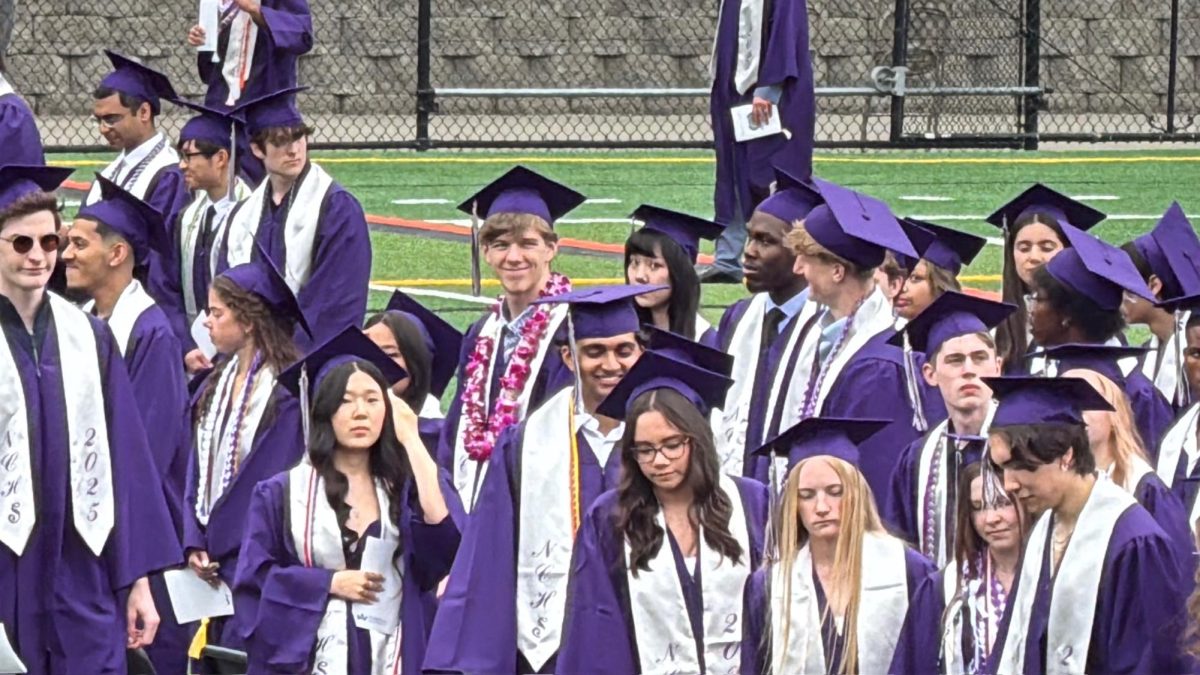Originally Published in the June 4th Print Publication
“It was the best of times, it was the worst of times,” is the opening line of Charles Dickens’ novel, A Tale of Two Cities. As we stand, 165 years after the publication of this novel, the problems we face could also be summed up in the same quote. More than ever, you have people sliding into your DMs, classmates requesting to follow you, and late-night texts from friends whom are crashing out the night before their next math test. But even as we are faced with constant connection, we are lonelier than ever.
According to a study done by insurance provider Cigna in 2019, 52% of responders reported feeling “sometimes or always alone.” This is data before the COVID-19 pandemic even hit and we all became isolated. This seems to be an even more prevalent problem among teenagers and young adults, as seen by a survey done by Harvard psychologist Richard Weissbourd, who reported that a sizable majority of respondents aged 18-25 reported acute feelings of loneliness in the past month alone. Additionally, as claimed by the American Psychiatric Association (APA), 25% of US residents are lonelier today compared to pre-pandemic.
We must also note that the “face” of loneliness has changed drastically in the past years. It no longer is represented by the solitary old man feeding pigeons in the park. It now wears the face of a smiling teen posting selfies on Instagram, the guy spamming his story with memes at 2AM, because saying “I’m not okay” and adding emojis at the end would be too real.
Loneliness today isn’t just about isolation. After all, the pandemic is over, and we see each other regularly, and are also connected online. No, isolation in the context of today is about being unmet. Unfelt. Unseen. You can work your way through a school day, saying hi and bye to passing friends, and still go to sleep with a heavy, pregnant silence in your chest. It doesn’t come from silence, you’ve been speaking and spoken to all day, it comes from feeling irrelevant. The feeling you get when you feel like you’re constantly orbiting the life of others but never quite touching ground.
In this day and age, we often mistake visibility and attention for intimacy. We see buzz and white noise on the internet and take it for true connection or validation. But that’s not what it is. Social media and the internet weren’t created so we could replace our in-person lives with it. Constant interaction with one another without even seeing the others’ face is not a substitute for emotional nourishment. When human relationships become performative, reduced to curated snapshots and instantaneous reactions, deeper needs for empathy, vulnerability, and true care go unmet.
There are real consequences to this wave of loneliness. A study published in JAMA Psychiatry found that individuals with high levels of social isolation were 26% more likely to develop depression. Beyond just individuals, isolation erodes communities, weakening trust and communication. An isolated society, one that cannot meet its people with true presence and care cannot thrive.
Addressing the “loneliness epidemic” in 2025 requires more than encouraging online engagement. What we need is a cultural shift, one that prioritizes emotional honesty, deep listening, and responsibility over perfection, constant broadcasting, and detachment. There needs to be spaces where people can actually be seen as human beings, not as profiles or productivity units. Connecting with each other means more than just contact. Having someone’s phone number in your contacts does not make you connected to them emotionally. Connection needs to mean care.











